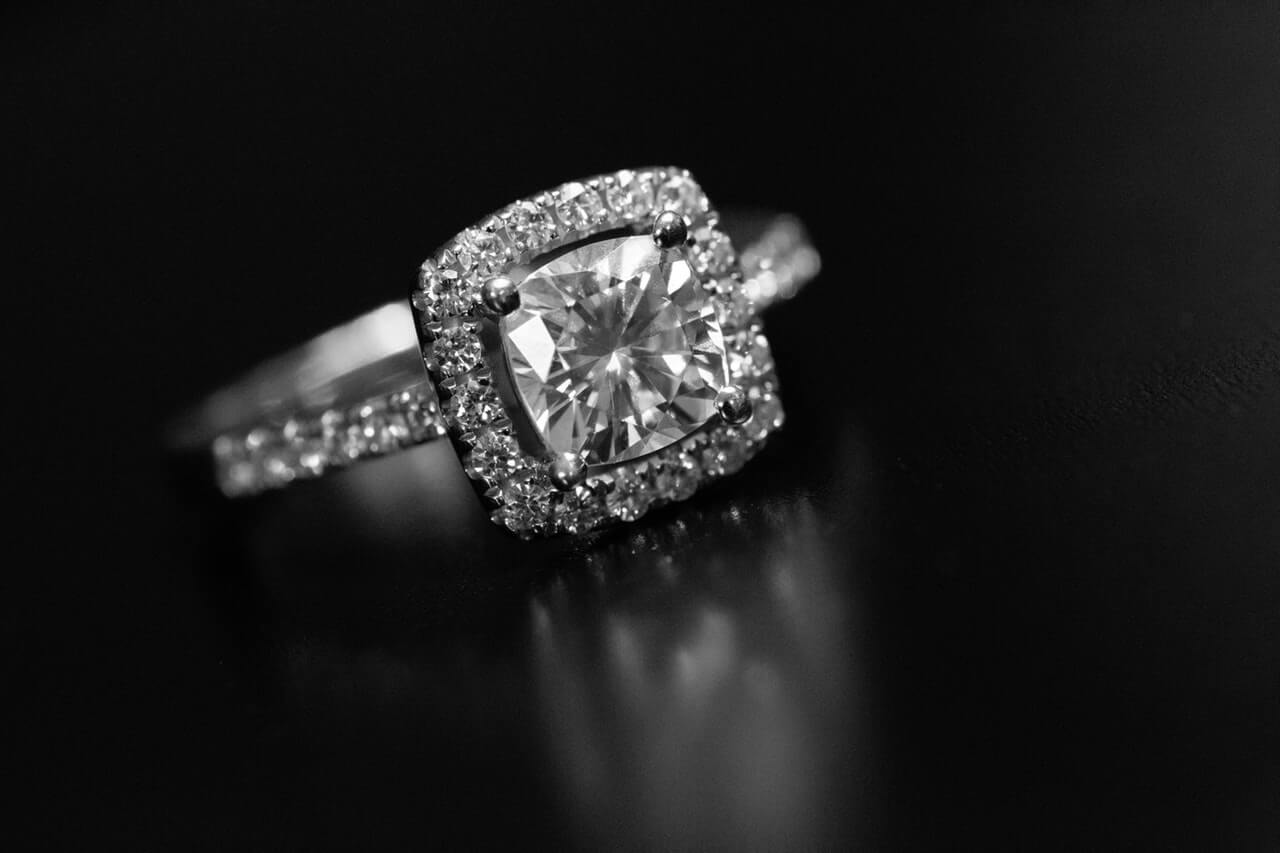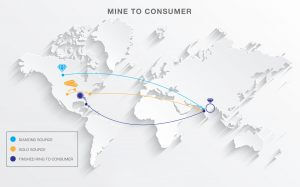
A consortium of gold and diamond industry leaders and IBM are launching the TrustChain initiative to trace the provenance and authenticate diamonds, precious metals and jewelry at all stages of the global supply chain, from the mine to the retailer.

In addition to IBM, the firms involved in the initiative include Asahi Refining, a precious metals refiner, Helzberg Diamonds, a US jewelry retailer, LeachGarner, a precious metals supplier, the Richline Group, a global jewelry manufacturer, and UL, an independent, third party verification.
The consortium has been working together since the beginning of 2017 and has completed a proof-of-concept.
“This initiative is important for our industry as we seek to raise the collective responsibility and provenance practices to new heights,” said Mark Hanna, Richline Group’s chief marketing officer.
“TrustChain is the first blockchain of its kind within our industry, designed as a solution that marries IBM’s leading blockchain technology with responsible sourcing, verification and governance by third party organizations, led by UL as the administrator.”
TrustChain is initially tracking six styles of diamond and gold engagement rings on the new blockchain network. By the end of 2018, data related to pieces of jewelry recorded on TrustChain will be accessible to consumers in participating retail stores. Initially, TrustChain verified jewelry will be sold at Helzberg Diamonds starting in Fall 2018 and only in select stores.
Built by IBM Services on open source technology and based on IBM Blockchain and the Hyperledger Project, TrustChain uses distributed ledger technology that establishes a shared, immutable record of all the transactions that take place within a network and then enables permissioned parties access to trusted data in real time.
For consumers, the system provides documented provenance for each jewelry piece and insures that each and everyone of the participants throughout the supply has done their work compliantly and ethically.
The consortium said its goal is to “instill trust in the origin and ethical sourcing of jewelry by bringing together a community of responsible and ethical organizations across the complex and multi-tiered jewelry supply chain.”
Bridget van Kralingen, senior vice president, industry platforms and blockchain, at IBM, said:
“The global scale and complexity of the jewelry market makes it ripe for blockchain to serve as a unifier for all participants to improve trust, transparency and efficiency. It also illustrates the ways in which blockchain can be used to form entirely new business models where all parties win.
“The collaboration will benefit not only trade partners, but also the individuals who matter most – consumers purchasing gold and diamonds to mark milestone moments in their lives.”
For Leanne Kemp, the founder of CEO of Everledger, “diamonds are the perfect use case for blockchain technology.”
Her startup, which launched in 2015 through the Barclays Techstars accelerator, provides a platform that uses blockchain to record ownership and origin of the stones to prevent fraud.
“Blockchain is a network technology, orchestrating trade amongst participants with embedded trust and smart enablement of contracts. Take the Kimberley Process as a prime example of a network in which there was already a consortium and operating protocols. This framework of consensus plays well into the fabric of blockchain,” Kemp said.
Like TrustChain, Everledger creates a digital thumbprint, including history, transport, events and ownership, that is stored in the blockchain for each diamond.

